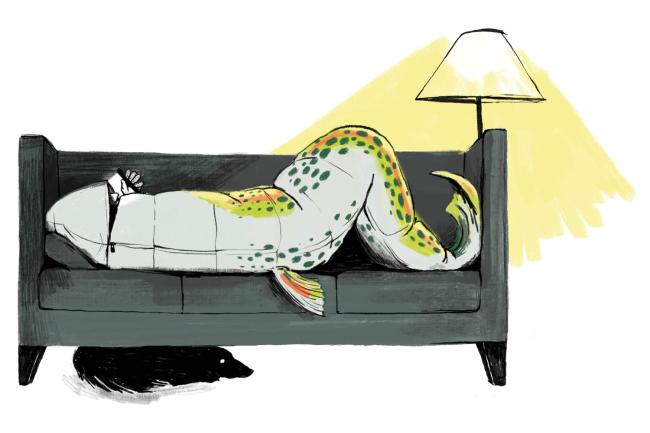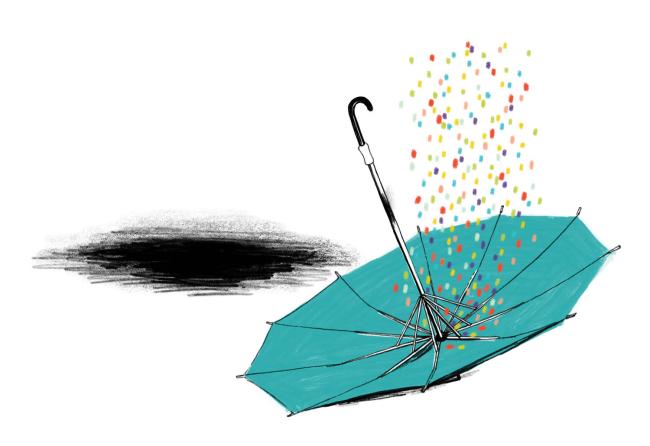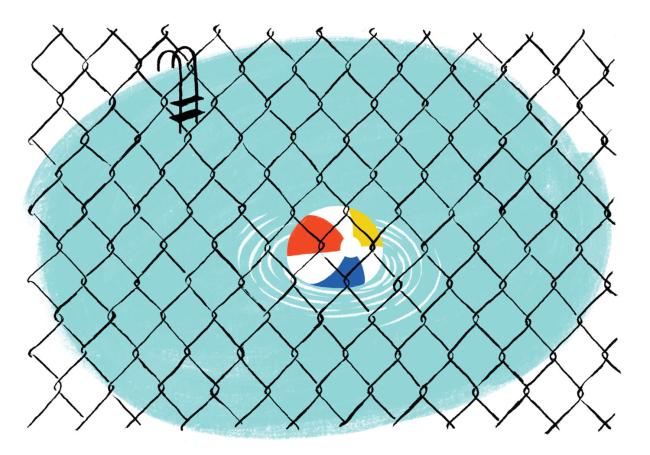
Lauren Nassef
Biography
Lauren Nassef’s work has been published in the New York Times, Architecture magazine, and the Wall Street Journal. She has also illustrated Doodling for Academics by Julie Schumacher and Andrew Lang’s The Grey Fairy Book for the Folio Society.



